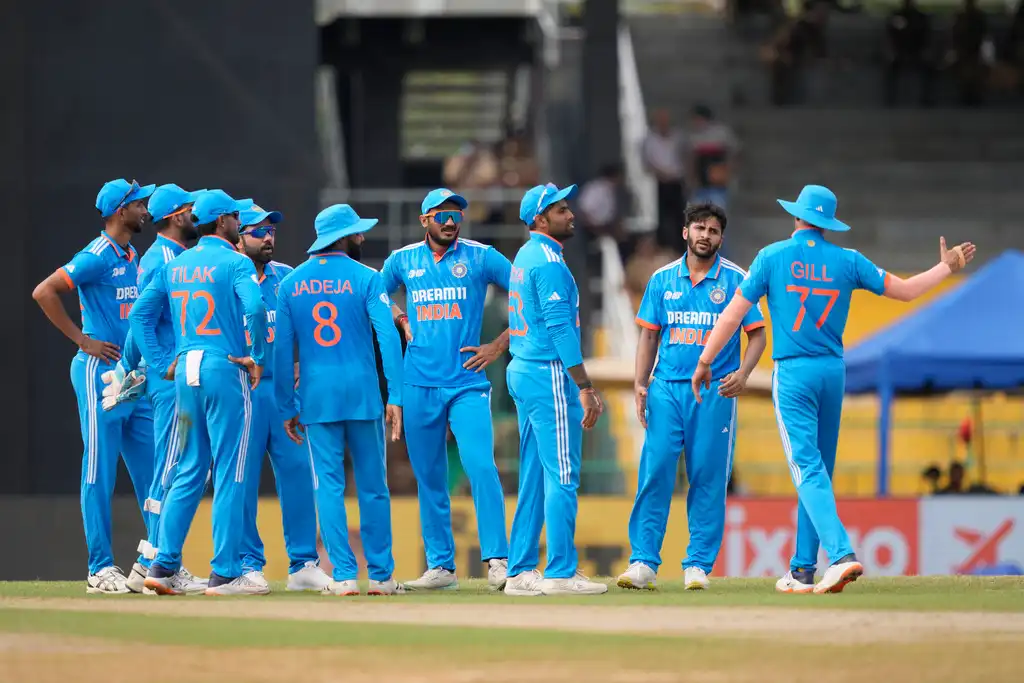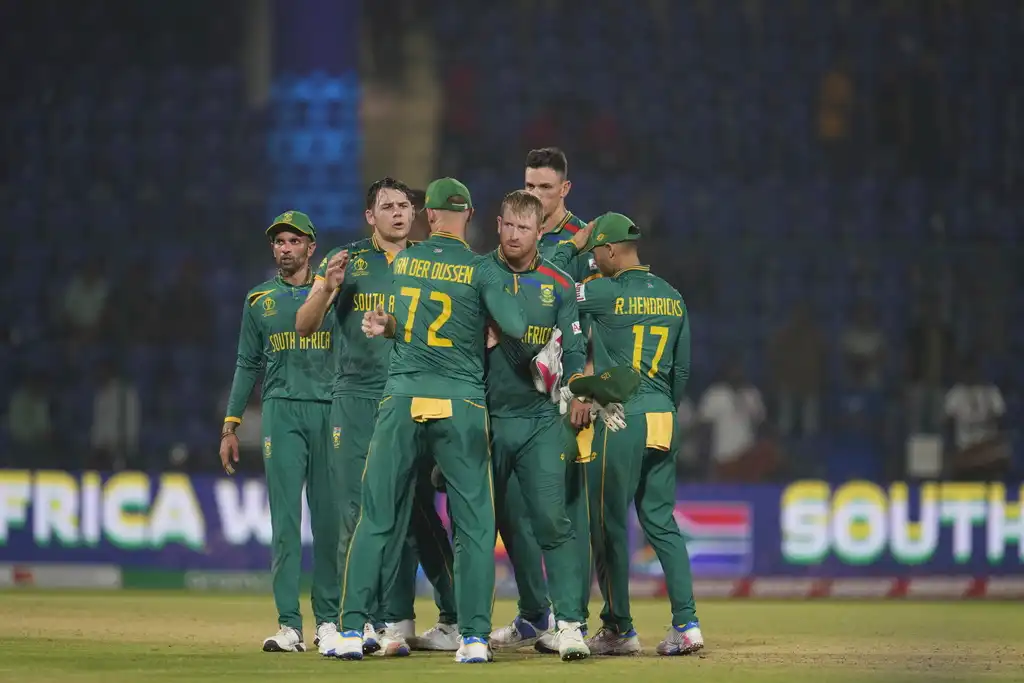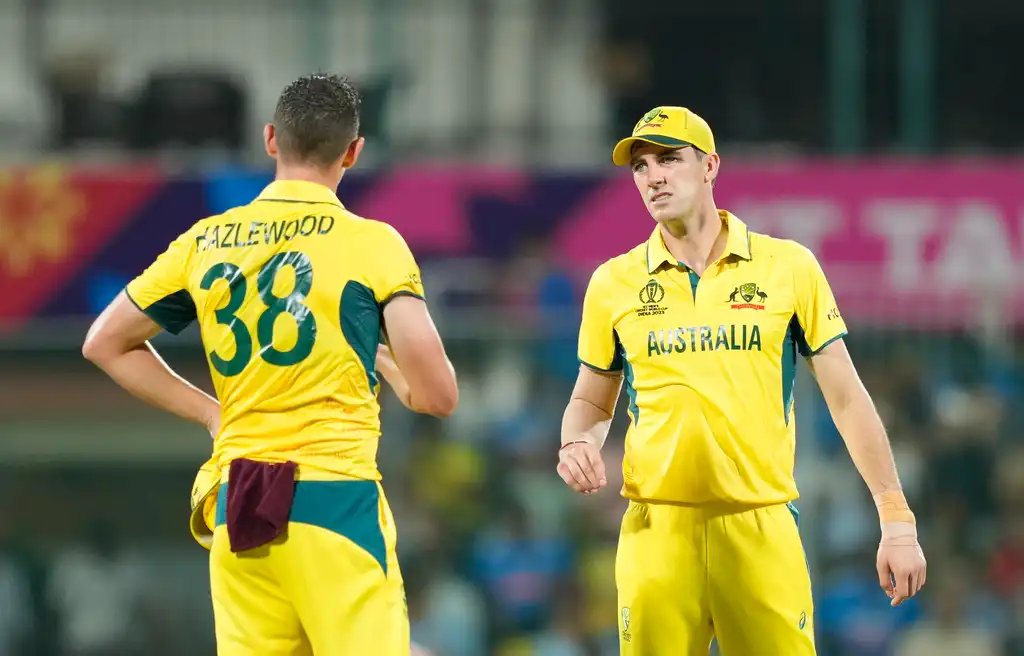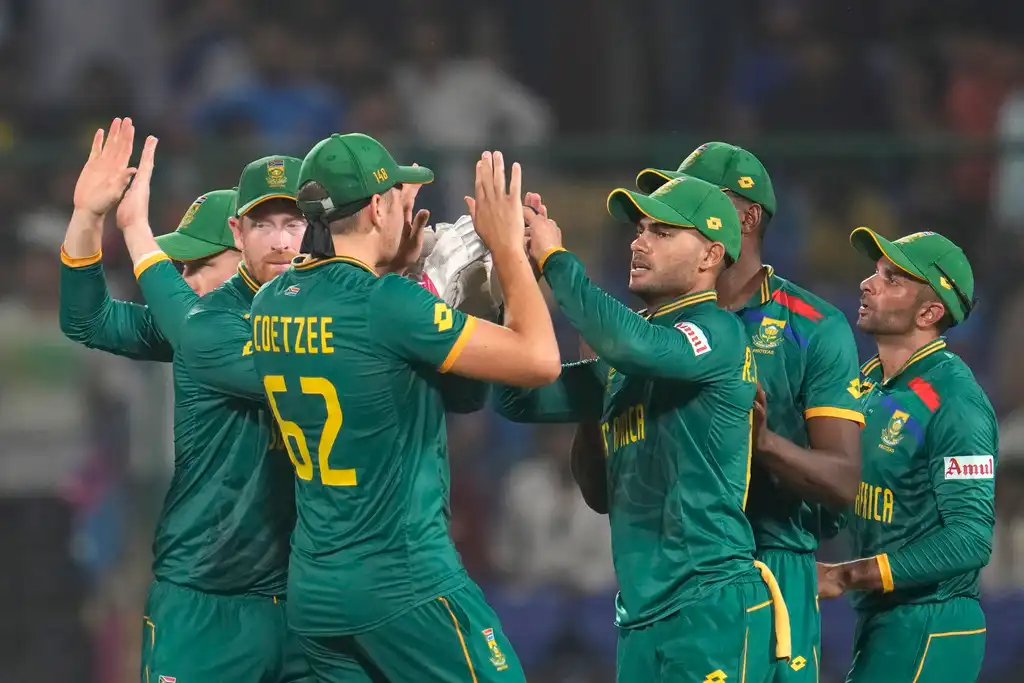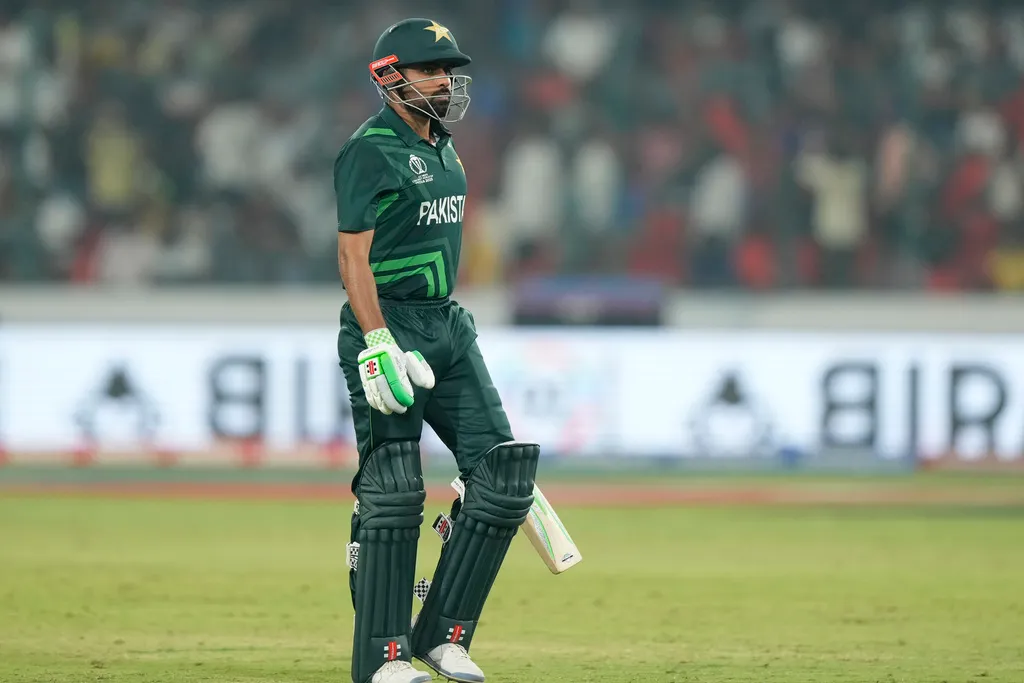 Babar Azam was the number one batter in ICC Rankings ahead of World Cup 2023 (Source: AP Photos)
Babar Azam was the number one batter in ICC Rankings ahead of World Cup 2023 (Source: AP Photos)
The ICC updates its player and team ranking after each series. It becomes the talking point of cricket fans as they start to discuss the change in rankings of their favourite players or the team they support. Understanding the ranking system for a regular fan might be tricky as it is complex.
We have already discussed the team's ranking systems in a previous article; below is the link to the article you can read. In this piece, we will talk about the ranking of the players and how it changes after each series or match. In the end, we will derive a more straightforward ranking method.
ICC ODI Ranking System for Players
What is ICC Ranking?
The ICC Player ranking is a table where the performance of the international cricketers is quantified using a point-based system. In this system, the players are rated on a scale of 0 to 1000. The rating depends on the performance of the players in the previous year. If a player's performance improves to the last year, his rating gets better, while if the player's performance deteriorates, his rating worsens.
Each player's performance is quantified using an algorithm, a series of calculations devised considering different situations in a match. No human intervention is involved in this calculation, and no subjective assessment is done. Another essential thing to remember is that the factors accounted for quantifying the player's performance are different for each format of the game. Here, we will talk about the ODI ranking system.
Factors deciding the Ranking of the players (Batters)
- Whether the batter was dismissed or he stayed not-out. There are bonus points for remaining undefeated.
- Rating of the opposition bowlers. The higher the combined rating of the opposition bowling attack, the more point is given to the batter for the particular innings.
- The innings in which the runs are scored. eg- a century in the second innings of a match will get higher points than in the first innings.
- Match situation: If a player scores runs for his team in a critical situation, then he will get more points.
- Relative Situation: The points earned by a player depends on the relative level of run-scoring in the match. If in a span of 100 overs over 700 runs scored, then the points earned by a player for scoring a century is less than a fifty plus score in a match where the total of the two teams do not go past 400 runs.
- Result of the match: A batter gets more points if his team wins due to his runs than a batter whose team loses.
Factors deciding the Ranking of the players (Bowlers)
- Strike rate and economy: The points earned by a bowler depends on how many wickets he gets in a match and how much runs are conceded by him.
- Rating of the batters dismissed: More point is awarded to a bowler for getting the wicket of a higher rated batter to the wicket of a batter who has lower ratings. eg - more points wil be awarded for picking up the wicket of Virat Kohli than that of Ravindra Jadeja.
- Realtive Situation: This can be best explained with an example.
Scenario 1 - Australia scores 350 plus runs in 50 overs. Jasprit Bumrah concedes 50 runs and takes three wickets.
Scenario 2 - Australia scored 200 runs before being bundled out. Ravindra Jadeja concedes 50 runs in this match and takes three wickets.
The point earned by Jasprit Bumrah will be higher to that earned by Jadeja. - Workload: A bolwer who bowls more overs will get more points than who bolws less, even if he does not pick up wickets.
OneCricket's Alternative Ranking Method
Ranking System for Batters
- Performance: Runs scored by a batter. The more runs a batter scores, the more points he gets (this remains the same as the ICC system).
- Strength of the Oppositon: If a player scores runs against a higher ranked team, he will get more points, and vice-versa. It will not be depending on the indivudual ranking points of the bowlers.
- Bonus Points: If a player scores a hundred or a fifty, he will get bonus points.
- Out or Not Out: In the ICC ranking system the bonus is given for just staying not out. But in this system, bonus will only be given when the batter scores over 30 runs.
- Multiplication Factor: While most of this system is similar to the ICC ranking procedure, it will be different here. Let us explain it with an example-
If Virat Kohli scores 100 in a match where the team score of India is 350, the factor here for him will be (100/350) * 100 = 28.57. This point will be added to the points earned by Kohli if his team wins, but it will be substracted if his team loses.
Ranking System for Bowlers
- Performance: The number of wickets taken by bowler and the amount of runs conceded by him.
- Strength of the opposition: While in this case we will abide by the ICC system in giving more points for picking up the wicket of a higher rated batter, we will be going in a different path in giving more points to a bowler for a similar performance against higher ranked team than a lower ranked team. ex- Jasprit Bumrah will get more points for 2 for 50 against Australia than a similar perfromance against Afghanistan.
- Bonus Points: A bowler will be awarded bonus points for a three-fer or a fifer.
- Dot balls: If a bowler bowls more dot balls, then he will get more points.
In case of the bowlers, the accountability of dot balls is new in this system. We will refrain from using multiplication factor in case of bowlers as it will make things more complex.
